Python 3.7 is officially released! This new Python version has been in development since September 2016, and now we all get to enjoy the results of the core developers’ hard work. What does the new Python version bring? While the documentation gives a good overview of the new features, this article will take a deep […]
Category: Data Analytics
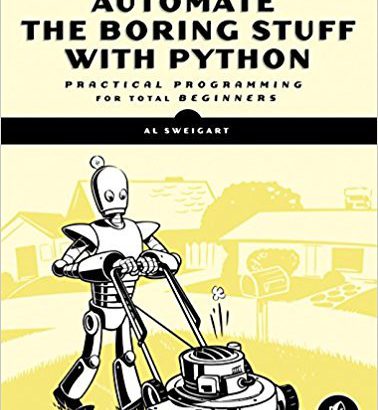
What Can I Do With Python?
You’ve done it: you’ve finished a course or finally made it to the end of a book that teaches you the basics of programming with Python. You’ve mastered lists, dictionaries, classes, and maybe even some object oriented concepts. So… what next? Python is a very versatile programming language, with a plethora of uses in a […]
Operators and Expressions in Python
After finishing our previous tutorial on Python variables in this series, you should now have a good grasp of creating and naming Python objects of different types. Let’s do some work with them! Here’s what you’ll learn in this tutorial: You’ll see how calculations can be performed on objects in Python. By the end of […]
The Ultimate List of Python YouTube Channels
We couldn’t find a good, up-to-date list of Python developer or Python programming YouTube channels online. Learning Python on YouTube is a viable option these days, and we’re excited about what this new medium can do for programming education. There are some really good YouTube channels that focus on Python development out there, but we […]
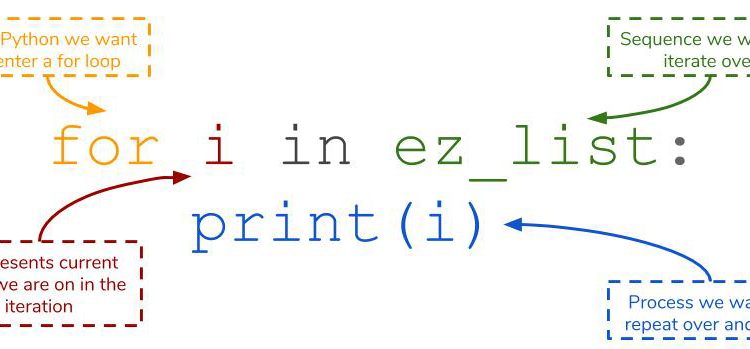
Python Generators Tutorial
Python generators are a powerful, but misunderstood tool. They’re often treated as too difficult a concept for beginning programmers to learn — creating the illusion that beginners should hold off on learning generators until they are ready. I think this assessment is unfair, and that you can use generators sooner than you think. In this […]

Variables in Python
In the previous tutorial on Basic Data Types in Python, you saw how values of various Python data types can be created. But so far, all the values shown have been literal or constant values: >>> print(5.3) 5.3 If you’re writing more complex code, your program will need data that can change as program execution […]
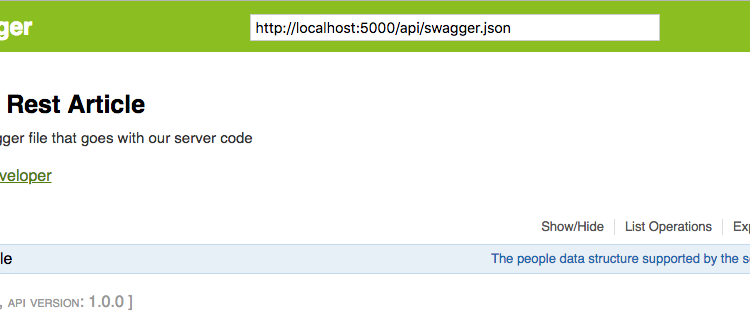
Building and Documenting Python REST APIs With Flask and Connexion
If you’re writing a web application, then you’re probably thinking about making HTTP calls to your server to get data to populate the dynamic parts of your application. The goal of this article is to show you how to use Python 3, Flask, and Connexion to build useful REST APIs that can include input and […]

Programming Best Practices For Data Science
The data science life cycle is generally comprised of the following components: data retrieval data cleaning data exploration and visualization statistical or predictive modeling While these components are helpful for understanding the different phases, they don’t help us think about our programming workflow. Often, the entire data science life cycle ends up as an arbitrary […]
Basic Data Types in Python
Now you know how to interact with the Python interpreter and execute Python code. It’s time to dig into the Python language. First up is a discussion of the basic data types that are built into Python. Here’s what you’ll learn in this tutorial: You’ll learn about several basic numeric, string, and Boolean types that […]
Python Application Layouts: A Reference
Python, though opinionated on syntax and style, is surprisingly flexible when it comes to structuring your applications. On the one hand, this flexibility is great: it allows different use cases to use structures that are necessary for those use cases. On the other hand, though, it can be very confusing to the new developer. The […]

Itertools in Python 3, By Example
It has been called a “gem” and “pretty much the coolest thing ever,” and if you have not heard of it, then you are missing out on one of the greatest corners of the Python 3 standard library: itertools. A handful of excellent resources exist for learning what functions are available in the itertools module. […]
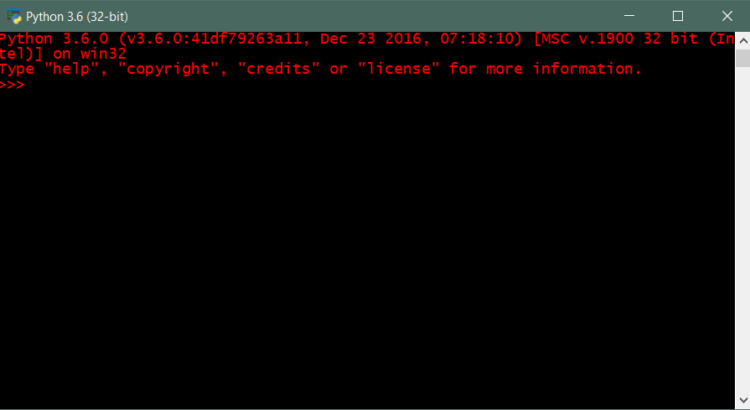
Interacting with Python
Interacting with Python At this point, you should have a working Python 3 interpreter at hand. If you need help getting Python set up correctly, please refer to the previous section in this tutorial series. Here’s what you’ll learn in this section: Now that you have a working Python setup, you’ll see how to actually […]
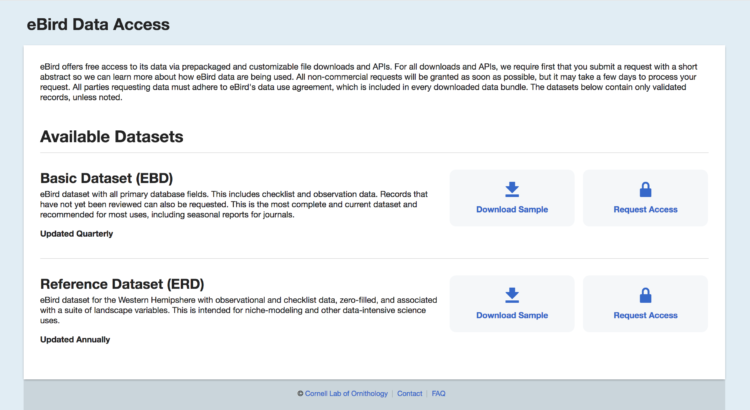
Data Retrieval and Cleaning: Tracking Migratory Patterns
Advancing your skills is an important part of being a data scientist. When starting out, you mostly focus on learning a programming language, proper use of third party tools, displaying visualizations, and the theoretical understanding of statistical algorithms. The next step is to test your skills on more difficult data sets. Sometimes these data sets […]
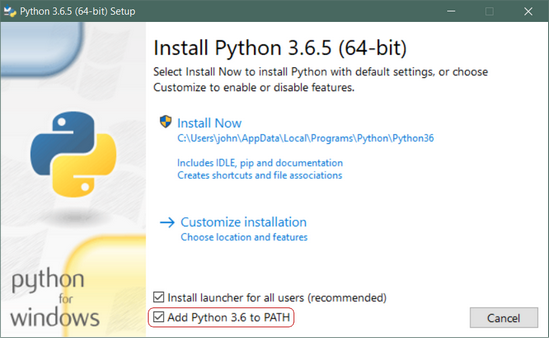
Python 3 Installation & Setup Guide
To get started working with Python 3, you’ll need to have access to the Python interpreter. There are several common ways to accomplish this: Python can be obtained from the Python Software Foundation website at python.org. Typically, that involves downloading the appropriate installer for your operating system and running it on your machine. Some operating […]
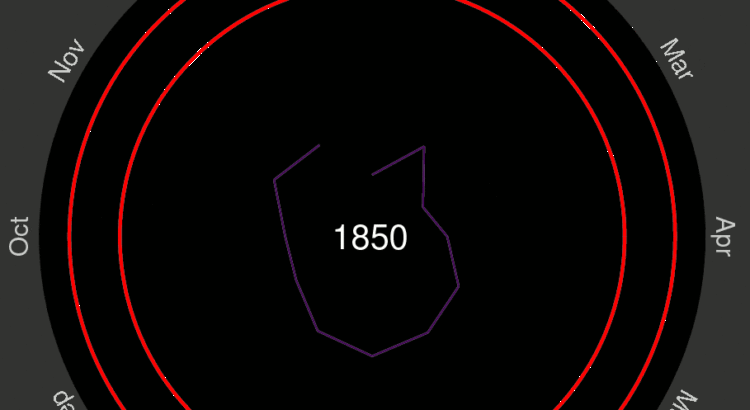
Generating Climate Temperature Spirals in Python
Ed Hawkins, a climate scientist, tweeted the following animated visualization in 2017 and captivated the world: This visualization shows the deviations from the average temperature between 1850 and 1900. It was reshared millions of times over Twitter and Facebook and a version of it was even shown at the opening ceremony for the Rio Olympics. […]